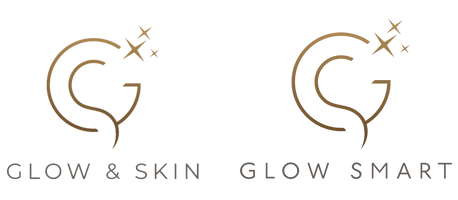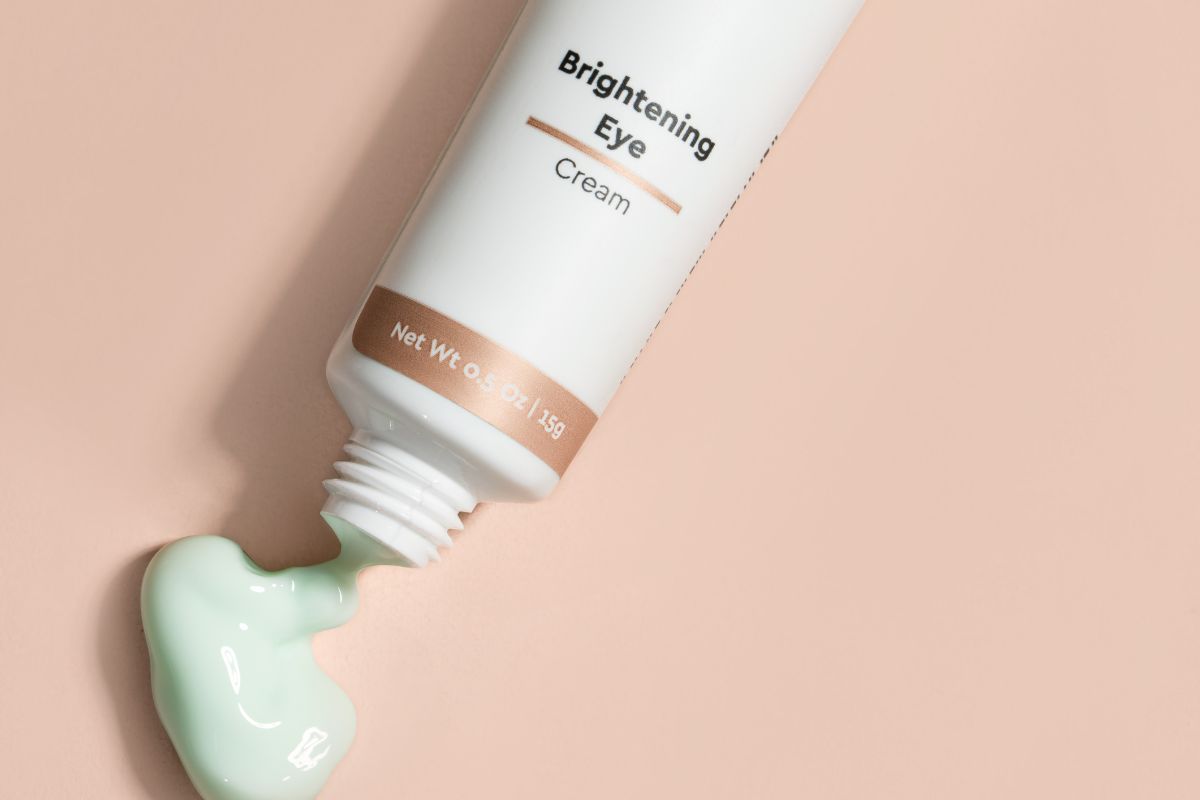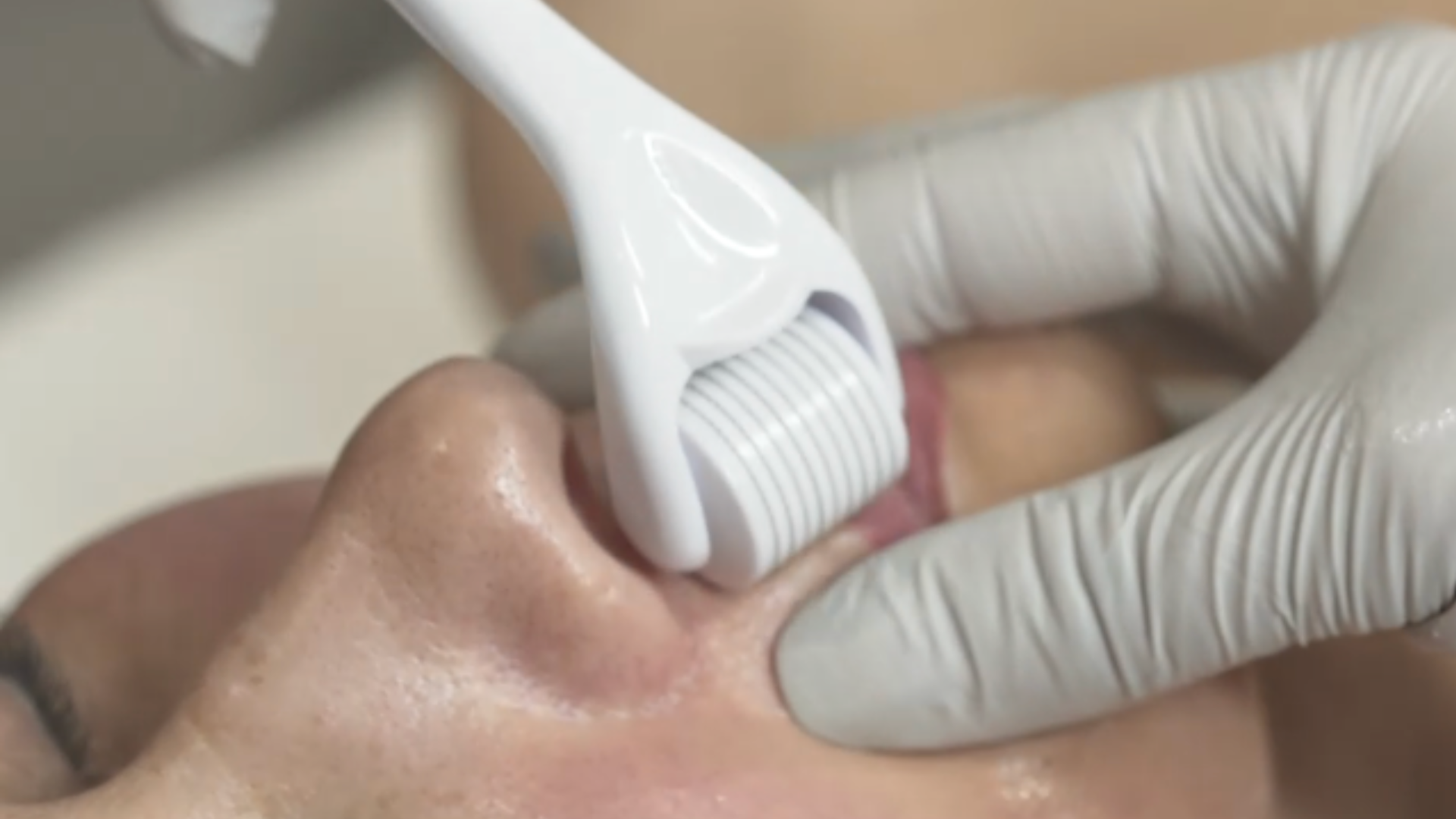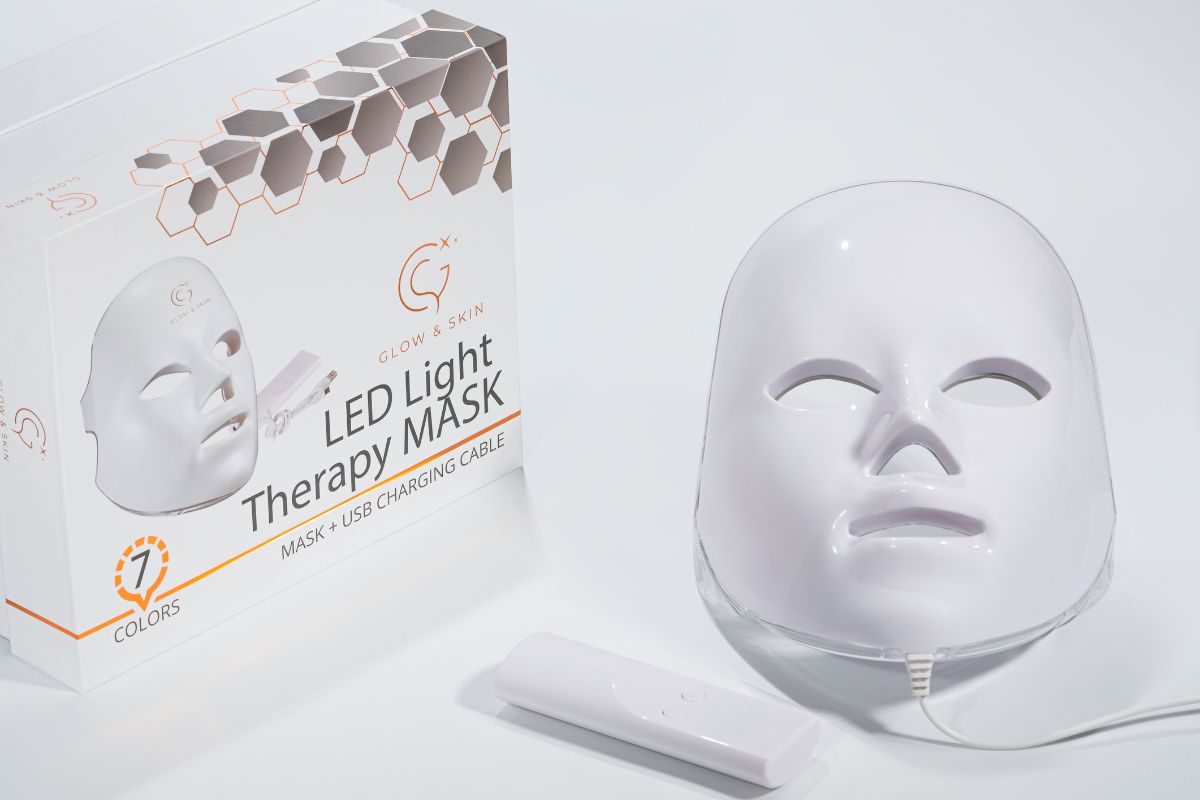Causes of facial hair and why Dermaplaning offers an ideal solution to facial hair management
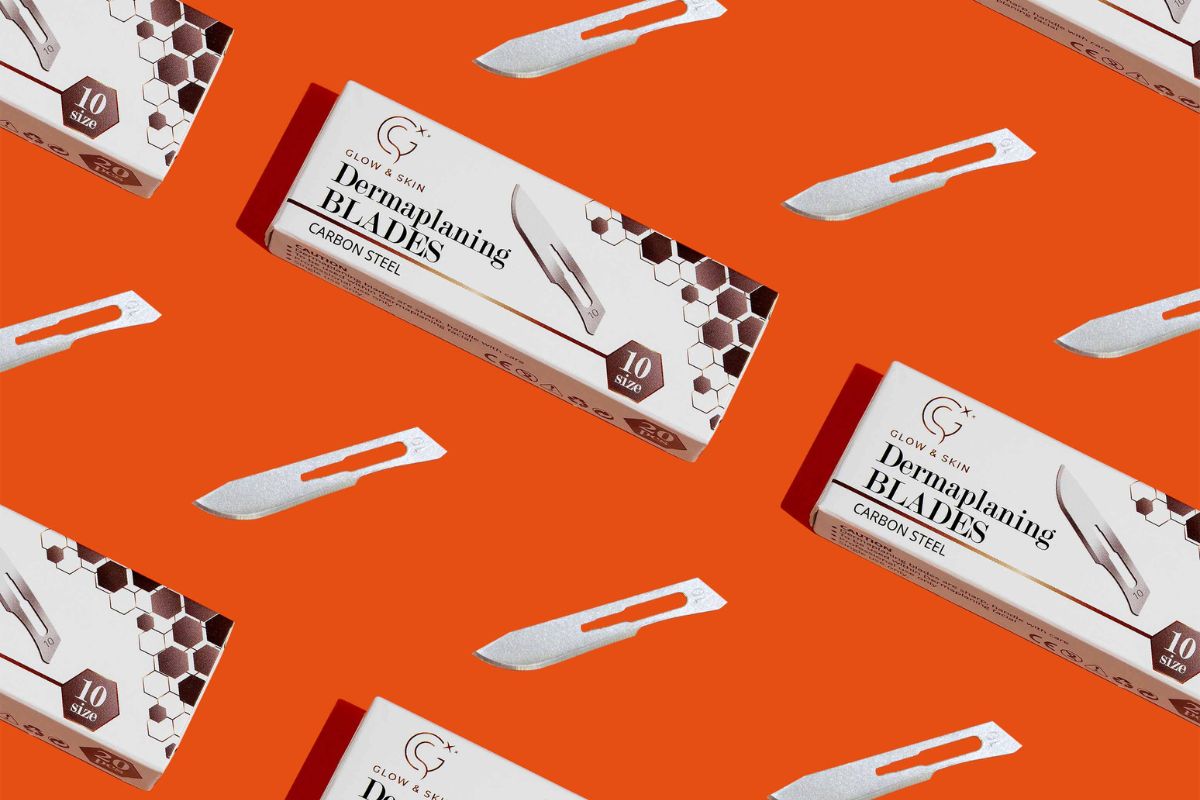
Hair on our face and scalp is normal and provides several important functions. The main function of hair is to provide protection and particularly in areas that are prone to irritation and abrasion. Facial hair helps reduce friction on the skin and protects against environmental damage, such as the wind and the cold. Hairs also provide physical protection from harmful particles getting into the body and an example of this is the eyelashes and eyebrows. The eyelashes keep dust, dirt, and small particles out of the eyes, while eyebrows help to keep sweat and water out of the eyes.
Facial hair also grows on our eyelashes, eyebrows, and inside our noses. Men have hairs on their beard area and sides of their faces (sideburns), and this is considered ‘normal’ hair growth. Women can also develop hairs in this ‘male pattern’ which can be very upsetting for them. Collectively all these types of hairs are called terminal hairs.
Children and adults have hairs all over their facial skin and these appear as fine, downy hairs which are called vellus hairs.
Understanding the difference between them can help determine the most effective way to manage and care for them using the best dermaplaning tools and treatments.
The difference between Terminal and vellus hair
Terminal hair is medium to thick in diameter and hair that normally has colour. The colour is due to a pigment called melanin which we also find in our skin. White hair has no melanin at all, and grey hair has small amounts.
We find terminal hair on our scalp, eyelashes, eyebrows, beards, and in our nostrils. Depending on where it is on the body, it is programmed to grow for a certain period of time.
For example, our eyebrows are actively growing for 3-4 months before naturally falling out and being replaced. This means they are short in length. Compare this pre-programmed growth to the hair on our heads which can actively grow for 3 to 7 years making it a much longer hair.
After puberty, terminal hair starts to grow on the pubic areas of the body and under the armpits. Adult male bodies are covered with more terminal hair than females.
The main function of terminal hair is protection.
Vellus hair is fine in diameter and normally doesn’t have any colour, however, some vellus hair can be pigmented. The Latin word for vellus is ‘fleece’ or ‘wool’ and we often refer to it as ‘peach fuzz’.
We find vellus hair on all parts of the body apart from the soles of the feet, palms of the hands, and lips or eyelids.
Women’s bodies are covered with more vellus hair than men’s. During puberty, some vellus hairs change and become terminal hairs, for example on our legs and arms.
The main function of vellus hair is to help regulate our body temperature and we see this when we are cold and our hair ‘stand up on end’ which is a way of trapping air and wrapping us in a warm insulated ‘blanket’. The tiny muscle which is attached to the hair in the dermis of the skin, pulls the hair up and in doing so it pulls on the surface of the skin and we see this as ‘goose bumps’.
Causes of facial hair
Several factors can contribute to the development of facial hair, including genetics, age, medications, and hormonal imbalances. For example, some people may have a genetic predisposition to facial hair, which means that they are likely to develop it due to their family history. Hormonal changes and imbalances, for example, puberty, pregnancy, and menopause, can also increase the production of facial hair.
Men have more facial hair due to the male hormone, testosterone. Ironically, it’s this hormone that also plays a part in male baldness and receding hairlines.
For women, having facial hair can be really distressing and is normally linked to hormonal imbalances such as polycystic ovaries (PCO) and menopause.
All Iconic facialists are trained to the highest standard and can recognise the different causes of hair growth and exclude any clients not suitable for treatment.
Dermaplaning offers an ideal solution for facial hair management

Dermaplaning is one of the specialised procedures performed in the Glow and Skin Iconic facial. It is a quick and painless procedure that exfoliates the surface of the skin and temporarily removes fine vellus hairs using the best dermaplaning tools to ensure safe and effective results
Dermaplaning is intended to remove vellus hair on the face only and is not a treatment for thicker terminal hair. Therefore, a thorough assessment of the skin and hair is completed before the Iconic facial can be performed.
Vellus hair is difficult to treat with other hair removal systems as it is not a hair type that responds to lasers and is unsuitable for removal with electrolysis. Waxing, threading, and depilatory creams can be painful and messy and only treat the hair and not the skin.
Dermaplaning not only removes the fine downy vellus hair, but it also exfoliates the skin leaving it smooth and hair free. It does not affect the root of the hair, nor does it affect the blood supply or natural growth and so it will not make the hair come back darker or thicker or stimulate new hair growth!
There are so many benefits of Dermaplaning, both men and women can be treated, even pregnant women.
The benefits of Dermaplaning
• Removes soft facial vellus hair that traps dirt and oils.
• Exfoliating dead skin cells which encourage new skin cells to the surface.
• Allows deeper penetration of topical skincare and treatments.
• Reduces the appearance of acne scars.
• Lessens acne outbreaks.
• Reduces the appearance of dark spots and pigmentation.
• Promotes smoother skin and improved texture and tone.
• Minimises the appearance of fine lines and wrinkles.
• Skin is instantly glowing, refreshed, and rejuvenated.
• Boosts collagen production.
• Improves the appearance of large pores.
• Makes the facial features look sharper and the face appears ‘thinner’.
• Makeup application is smooth and flawless.
We hope you enjoyed our blog. Please leave a comment below, we’d love to know your thoughts on our blog and answer any questions you may have!
You can also stay up to date with our latest blogs, offers and news by signing up to our newsletter.
